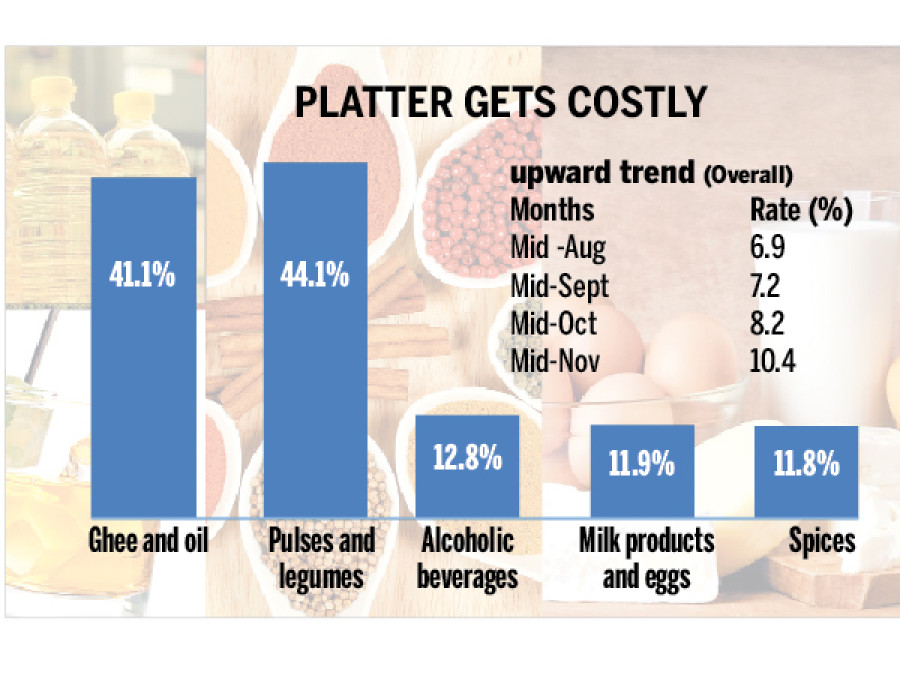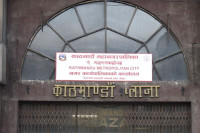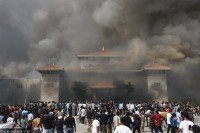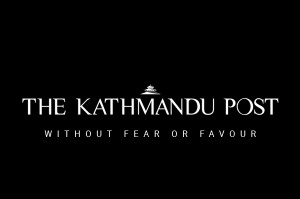Valley
Time to brace for pricey bill of fare
Inflation has jumped to double digits for the first time in two years due to prolonged Tarai unrest and Indian blockade.
Prithvi Man Shrestha
Inflation has jumped to double digits for the first time in two years due to prolonged Tarai unrest and Indian blockade.
With prices of daily essentials soaring, especially in the last two months, inflation soared to 10.4 percent in the fourth month of current fiscal, according to Nepal Rastra Bank (NRB)’s latest macro-economic report. Last time when inflation had crossed double digits was in November 2013.
The central bank has categorically stated prolonged strikes in the Tarai, obstructions on trade routes and hoarding of essential items as key factors for the surge in inflation.
The central bank has warned that if the current political deadlock continues, essential items’ price rise trend is likely to get entrenched, leading to a situation of cost push inflation and stagflation, which will be difficult to control through monetary management. Stagflation is the situation where inflation rises but growth remains low.
Economist Shankar Sharma said when there is stagflation, people get low employment opportunity. “This reduces their purchasing power, hence they remain vulnerable to food insecurity and poor health because of low capacity to spending in the sector,” said Sharma.
According to Sharma, higher price rise means interest rate for depositors will be negative, which could lead to capital flights. “As cost of production also rises due to inflation, it discourages potential domestic and foreign investment,” said Sharma.
The NRB report shows consumers across all ecological regions have been hit by rising food prices, with the consumers in the Kathmandu Valley affected the most. The price index in the Kathmandu Valley increased by 11.8 percent, followed by 11.4 percent in hills, 9.6 percent in mountain and 9.1 percent in Tarai.
Nara Bahadur Thapa, chief of NRB research department, said that demands have risen across the country due to rising inflow of remittance, leading to price rises across the country. “As Kathmandu is the largest consumption centre of the country, prices have been on the top in the Valley,” he said. The prices of both food group and non-food group have increased due to disturbance in supply system and fuel crisis.
The NRB report shows prices of food increased by 12.1 percent while that of non-food by 9.2 percent.
Except for vegetables and meat, prices of almost all food items have risen.
The sharpest rise has been seen in pulses and cooking oil whose prices have gone up by a whopping 44.1 percent and 41.1 percent respectively. From the non-food sector, clothes and footwear have witnessed highest price rises of 14.6 percent.
According to Thapa, supply constraint on the import of pulses and raw materials of cooking oil resulted in steep price rise, and black-marketeering added to the woes.
“On the other hand, garments and footwear became expensive as import from China faced supply constraints due to damaged roads on the north and blockade on the south while bringing them through the sea,” said Thapa.
According to economists, Nepal could not take benefit of declining global oil prices which would not only bring down inflation but also help construction of mega development projects at a lower cost. Crude oil price was around $37 per barrel in the international market on Wednesday.




 17.12°C Kathmandu
17.12°C Kathmandu









%20(1).jpg&w=300&height=200)

